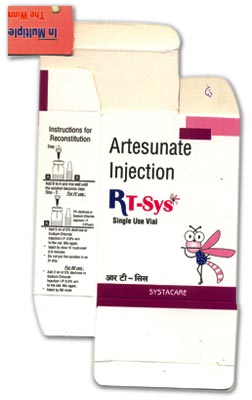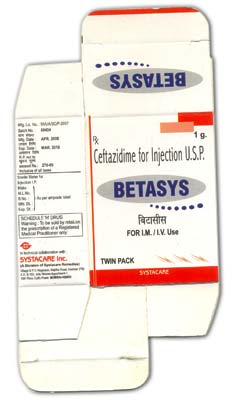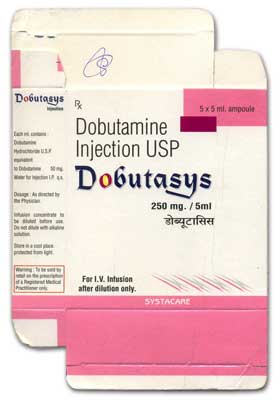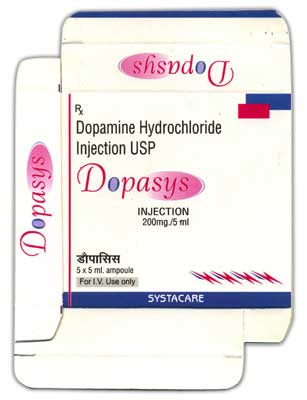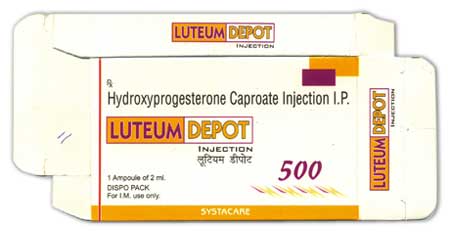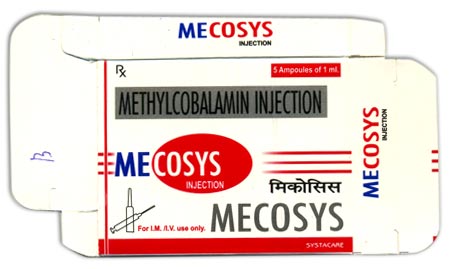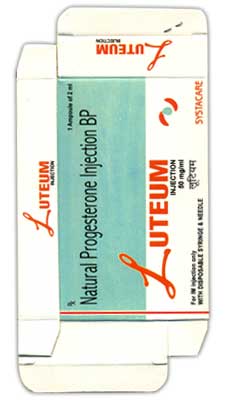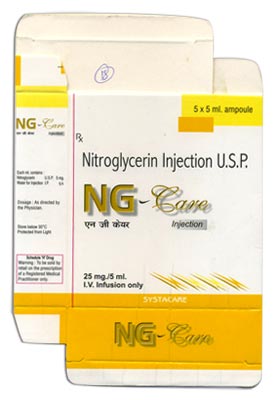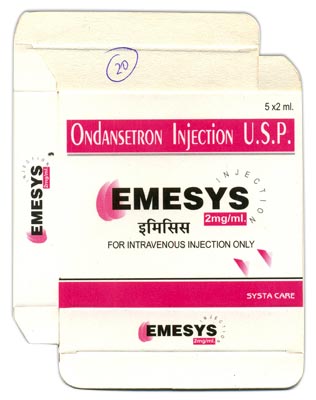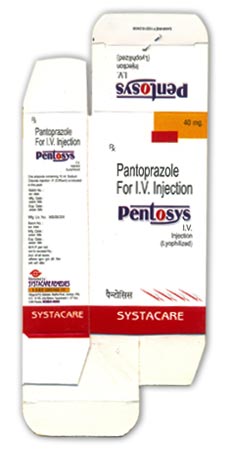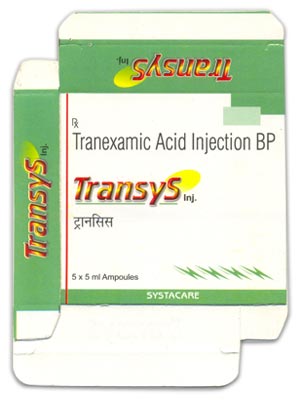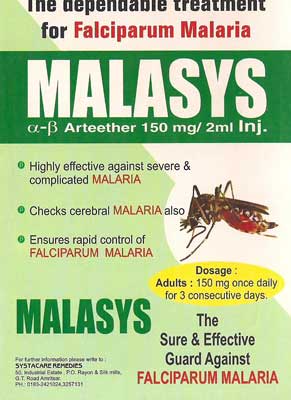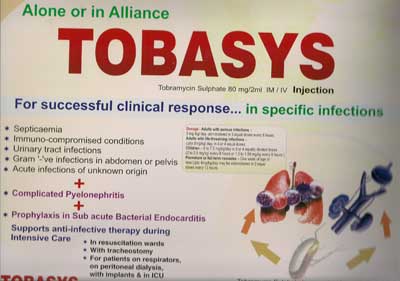Clindamycin Injection
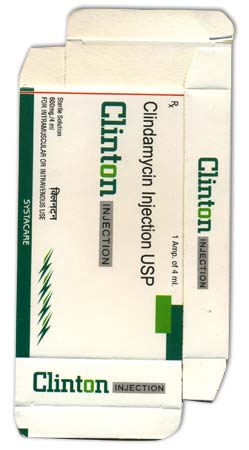
Clindamycin Injection
CLINTON
Clinton, a lincosamide antibiotic, contains Clindamycin Phosphate Equi.to Clindamycin 300mg and 600mg. It is available in the market as 300mg I 2ml Ampoule and 600mg I 4ml Ampoule with Disposable syringe of 2ml and 5ml respectively.
Mode of Action
Clinton inhibits protein synthesis by reversibly binding to the 50 S Subunit of the ribosomal bock in the susceptible organism thus blocking the transpeptidation or translocation reaction resulting in stunted cell growth.
Clinical Infomation
- Clinton is used for the same purpose as Lincomycin but its activity against sensitive organisms is higher. Effective mainly against Gram Positive organisms and Anaerobic
organisms, - Clinton can be used in the treatmenfof infections due to staphylococci, streptococci and Bacteroides fragilis.
- Clinton penetrates the bones and is used successfully in the treatment of Acute and Chronic Osteomyelitis, Endocarditis, Meningitis, Pharyngitis, Sinusitis, Sprue and
Reiter\\\'s disease etc. - Clinton is prescribed in Respiratory tract, Skin and Soft Tissue, Dental and nasopharyngeal infections.
Absorption and Fate
Clindamycin Phosphate in Clinton is biologically inactive but is rapidly hydrolyzed in blood to Clindamycin. When an equi. of 300mg of Clindamycin is injected intramuscularly every 8 hours, a mean peak concentration of 6 Micro gram per ml is achieved within 3 hours: 600mg every 12 hours gives peak concentration of 9 Micro gram per ml. When same doses are infused intravenously every 8 hours, peak concentration of 7 and 10 Micrograms per ml are achieved at
the end of infusion.
Dosage & Mode of Administration
- Clinton can be administered Intramuscularly or Intravenously. When given intravenously, CLINTONshould be diluted before use. CLINTONcan be given in doses of 300mg or 600mglntramuscularly e\\\'.l\\\'ery8 to 12 hours for treatment of various - infections including pneumococcal pneOrhonia, staphylococcal and streptococcal soft tissue infections.
- Clinton can be given intravenously in doses of 300 to 450 mg every 6 to 8 hours for patients with severe Anerobic infections. The mean serum concentration attained is well in excess of the MIC.
- Clinton should not be given to Neonates or premature infants. For children older than 3 months, 15-40mg/Kg daily in divided doses can be given. A min. dose of 300mg
should.be given regardlessof Bodyweight.
Contraindications
Clinton should not be given to patients known to be hypersensitive or which have experienced reactions with lincomycin. Itshould not be used in patients with diarrhoeal states and should be used with caution in patients with impaired liver and renal failure. Since Clindamycin is reported to possess neuromuscular blocking activity, it should be used with care with other Drugs with similar activity. Clindamycin is contraindicated in pregnant women and women who are feeding.
Side Effects
Side effects of Clindamycin include Urticaria, rashes, abdominal pain, nausea, vomiting, Jaundice, diarrhoea and Liverabnormalities.
Drug Interactions
- Erythromycin acts as an antagonist. Pancuronium induced neuromuscular blockade in presence of Clindamycin.
- Clindamycin has a reduced abso\\\'rption rate in presence of kaolin-pectin. It has a synergistic effect with gentamycin.
U.S.P.
- Clinton is used for the same purpose as Lincomycin but its activity against sensitive. organisms is higher.
- Clinton is more readily absorbed from Gastro-intestinal tract as compared to Lincomycin.
- Clinton is considered more suitable for the treatment of Haemophilusinfluenza whencomparedto Ampicillin.


